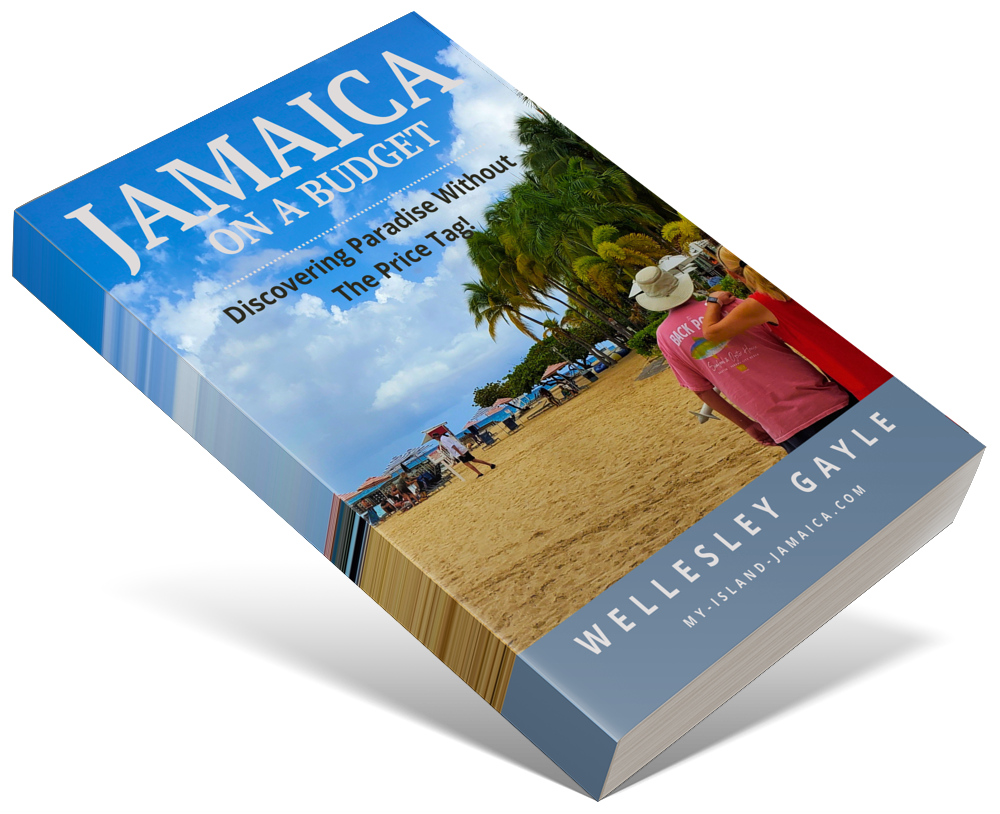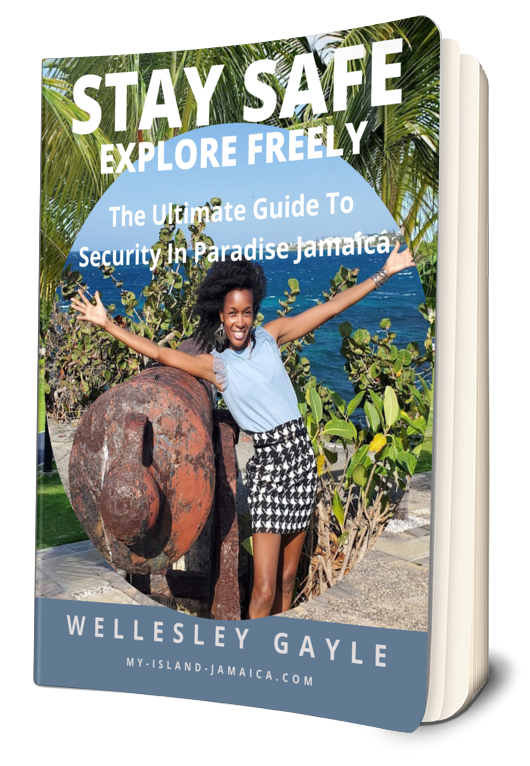Subscribe for all my updates and don't miss a thing! Sign me up!
Where did Jamaican ancestors came from?
Answered by Aneisha Dobson, Associate Writer
"A person without knowledge of their past history, origin and culture is like a tree without roots”. - Marcus Mosiah Garvey
Jamaica is described as a “melting pot” due to the diversity of ethnicity in our country’s population. Yes, there is certainly no mistake in our country’s national motto, “Out of Many One People”. 
Throughout the course of history, people from all over the globe have settled on our island. These individuals ended up in Jamaica for a variety of reasons.
For some it was for adventure, some in search of wealth and opportunity and even some as punishment. The majority, however, came to the island by force due to the slave trade.
Fast-forward to the 21st century, the remnant of their passage can be seen in the country’s rich culture.
But who are these people?
Our ancestors constitute persons from the Tainos (the earliest and original settlers), The Europeans (primarily English and Spanish), The East Indians, The Africans and the Chinese.
The Tainos
The Tainos were one of the Amerindian people. They were originally from Central East Asia. They left their homelands in search of food and travelled across the Bearing Strait and settled in North America.
However, some groups, including the Tainos, continued the journey and migrated to South America. The Tainos then journeyed through the Caribbean waters and began inhabiting the islands of the Caribbean, Jamaica is one of them.
The hardship faced later, due to the enslavement by the Europeans, resulted in the extinction of the Tainos. However, their legacy is visible in canoe making, hammock making, basket making, cravings and the fishing industry.
The Europeans
The Europeans who had a significant impact on Jamaica were those who came mainly from Spain and England.
It was a popular European myth that the world was flat. Hence, if one sails beyond the horizon they would fall off the earth!
It is said that Christopher Columbus decided to challenge this myth and left Europe for adventure and in search of gold. This adventure led him to the Caribbean and it later sparked other Europeans to follow suit.
Although the Europeans did not find the gold that they sought after, wealth was found in the fertile soil and tropical climate of the Caribbean.
The legacy of the Europeans can be seen in sports such as cricket; foods such as cakes, teas and pies; and in the names of several locations in the country such as Santa Cruz, Manchester, Seville, Hartford, Buckingham and several others.
The Africans
As a result of the development of a confectionery industry in Europe, the Europeans were in need of a sweetener and sugar was the cheapest alternative.
Due to the death of the Tainos, the Europeans needed a labour force. The Africans were chosen as a suitable option because:
- They were used to the tropical climate
- They were physically strong
- They had immunity to tropical disease
- They could be easily replaced.
As such, the Africans were taken from West Africa and forced to work in the sugar plantations in Jamaica and other Caribbean islands. The Africans, which represent the significant group in Jamaica, brought a strong heritage of music, dance and food.
East Indians
After slavery was abolished, a new labour force was needed. The East Indians migrated from India to Jamaica and other Caribbean islands as indentured labourers under the indentureship system. The indentureship system was a contractual arrangement to labour on the sugar plantations.
The East Indians brought various plants and trees such as jackfruit, tamarind and mango. In addition, Indian dishes such as curry goat have become very popular in Jamaica.
Chinese
Like the Indians, the Chinese came to Jamaica as indentured labourers. The development of commerce could be attributed to the Chinese who developed businesses that grew from small grocery stores to large enterprises.
See that? They all came together to create the unique richness and uniqueness of culture that we enjoy today.
Be sure to read more on early history of Jamaica and the colonial history of Jamaica.
Comments for Where did Jamaican ancestors came from?
|
||
|
||
|
||
|
||
|
||
New! Get My Latest Book👇🏿
|
You asked, I've answered! You no longer need to save for months or years, to enjoy paradise! I spilled the beans! sharing my top tips on finding cozy accommodations and secret gems, only the way a native could! Click Here to pick it up on my e-store and start saving now! |
See The Best Of Jamaica - In Videos!
|
My channel reaches over 140,000 subscribers worldwide and has leveraged over 11 million views, sharing, what I call 'The Real Jamaica'. Subscribe today and join our family of viewers. |
Read More ...
New! Experience The REAL Jamaica!
Book Your Private Tour here and experience Jamaica the way we (locals) do!
P.S. Didn't find what you were looking for?
Still need help?
Click Here to try our dependable and effective Site Search tool. It works!
Or, simply click here and here, to browse my library of over 500 questions and answers! Chances are someone already asked (and got an answer to) your question.








